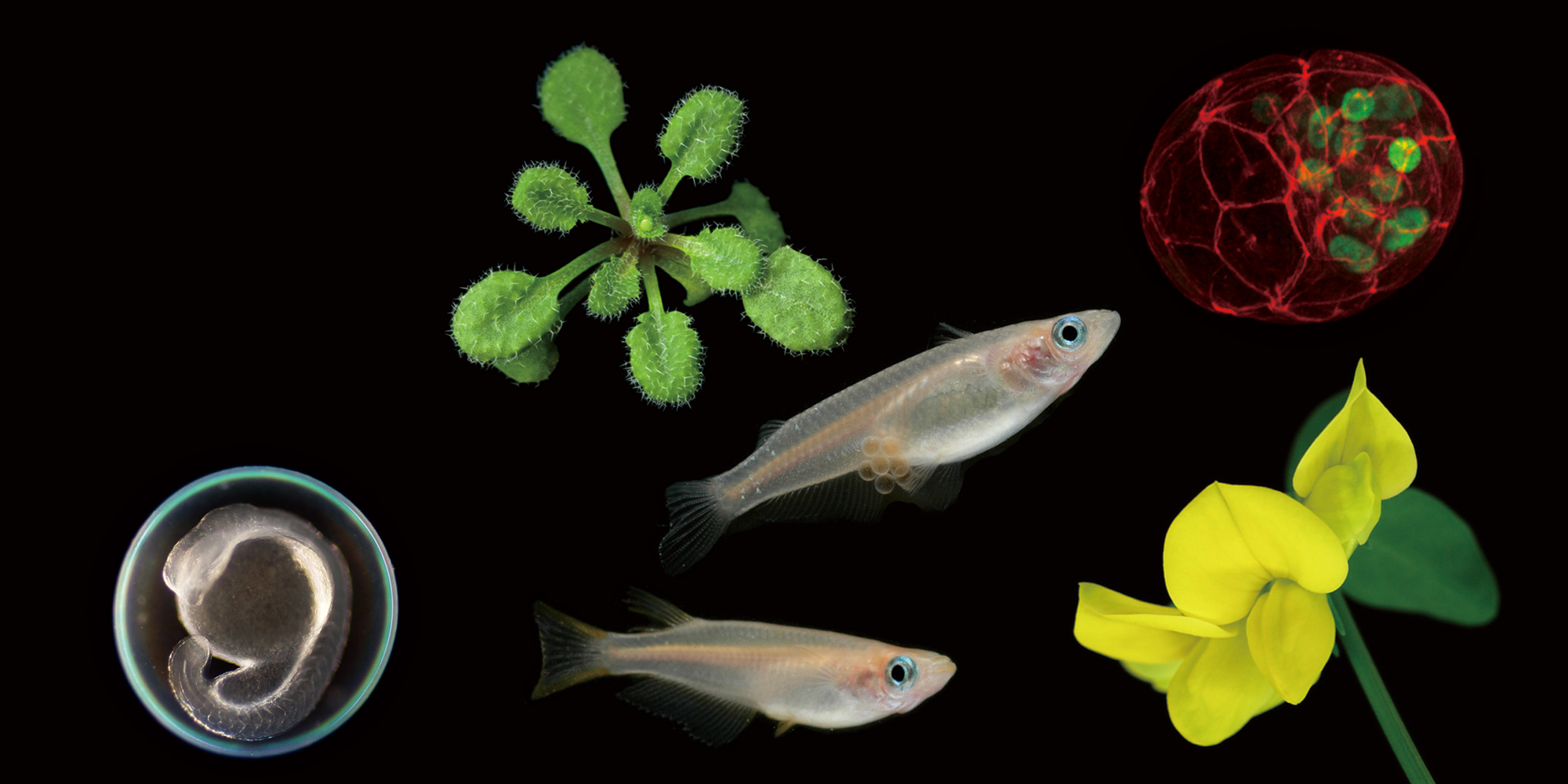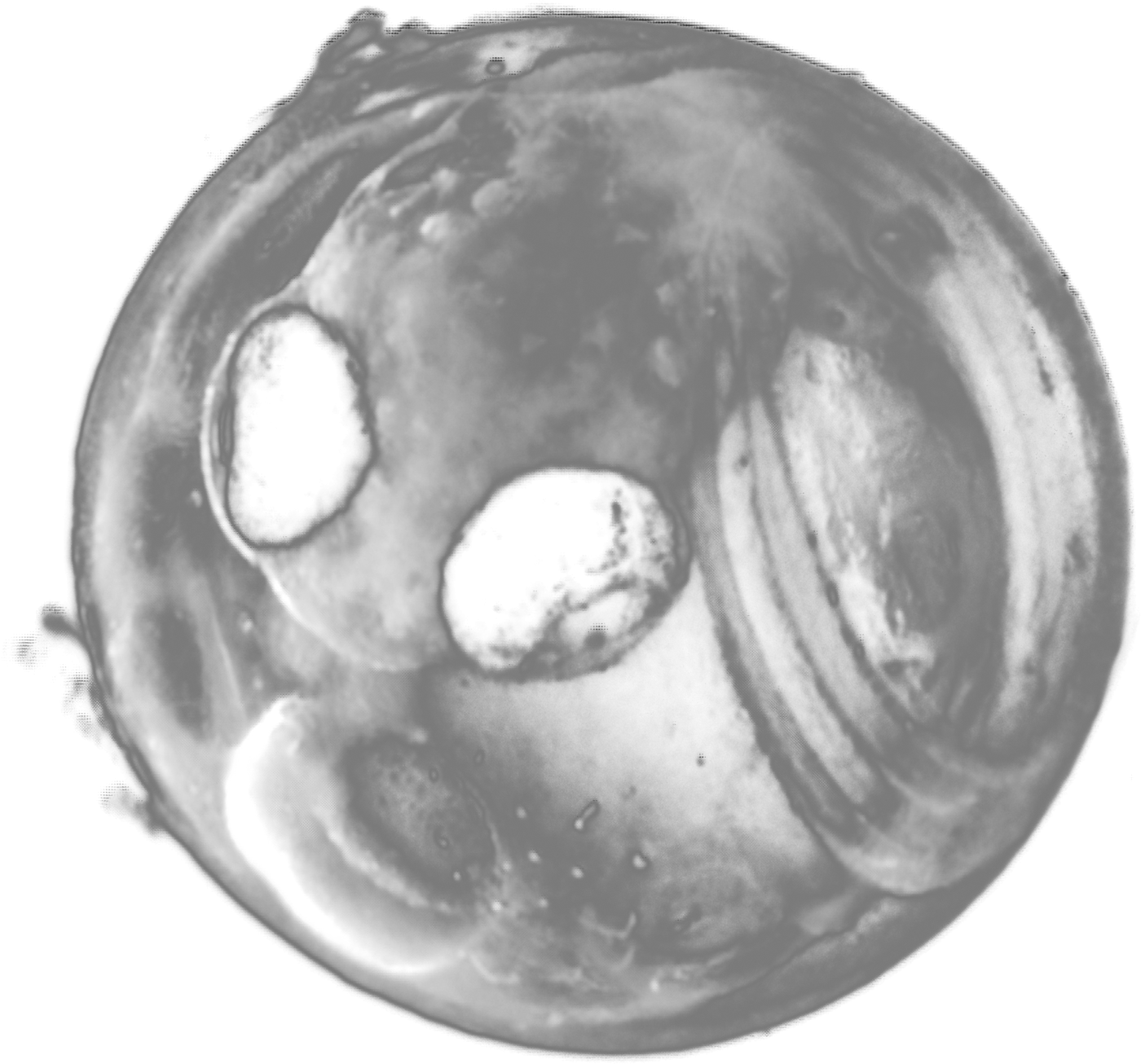2016.08.24 Other
Adaptive Optics for Biological Microscopy: Suppressing Disturbance of Light before Formation of Image
Dr. Masayuki HATTORI (National Institute for Basic Biology)
2016. 08. 24 (Wed) 18:00 ~ 18:30
Conference Room, NIBB (Myodaiji)
Laboratory of Bioresources, Yusuke Takehana (7579)
The 9th NIBB International Practical Course
The 4th NIBB-TLL Joint International Practical Course
Open Seminar
Adaptive Optics for Biological Microscopy:
Suppressing Disturbance of Light before Formation of Image
Current optical systems are rigorously designed depending on stableness throughout the light path where the living tissue arise disturbance and that results in the degradation of image. Adaptive optics is a method to suppress such disturbances on the incident light and restore the blur before the formation of the image. The method is developed to correct the disturbance of light caused by the turbulence of atmosphere in the infrared astronomy for the ground based telescope[1]. In the recent decade, the researches applying the adaptive optics to biological microscopy[2-4] are becoming very active. In the application to the biological microscopy, the disturbance of light includes not only the refraction of light, such as the spherical aberration of the objective lens, but also the strays of light by the fine structures in biological tissue itself. In the recent study, the effectiveness for the latter is becoming more important issue. Our research group from National Institute for Basic Biology and National Astronomical Observatory of Japan has investigated an advanced adaptive optics system under the support of National Institutes of Natural Sciences. This adaptive optics system is so designed, using recent MEMS (Micro Electro Mechanical Systems) device consist with 140 actuators, to be effective for the disturbance of light by the fine biological structures.
One of the known cases with severe image blur in the microscopic observation is that of plant tissues. As well as the studies on adaptive optics system, our group investigated details of the actual cases of such blur in the tissue of moss Physcomitrella patens, known as the model plant for biological researches. In the study, it is found that the strong blur comes from the chloroplasts[5]. The microscope with the advanced adaptive optics system is tested with the tissue of this plant and confirmed effectiveness for the correction of the image blur[6]. In this seminar, recent progresses in adaptive optics microscope are introduced including that of our research group as an actual example for possible biological applications.
This seminar is based on the research performed with Yutaka Hayano, Shin Oya (National Astronomical Observatory of Japan), Yosuke Tamada, Yasuhiro Kamei, Takashi Murata, Shigenori Nonaka, and Mitsuyasu Hasebe (National Institute for Basic Biology).
References:
1. H. W. Babcock, (1953) PASP, 65, 386, 229-236
2. M. J. Booth (2002) PNAS, 99, 9, 5788-5792
3. N. Ji1 et.al., (2010) Nature Methods 7, 141 – 147
4. O. Azucena et.al., (2011) Opt. Lett. 36, 6, 825–827.
5. Y. Tamada et.al., (2014) International Journal of Optomechatronics, 8, 2.
6. Y. Tamada et.al., (2016) SPIE Newsroom, DOI: 10.1117/2.1201602.006335







